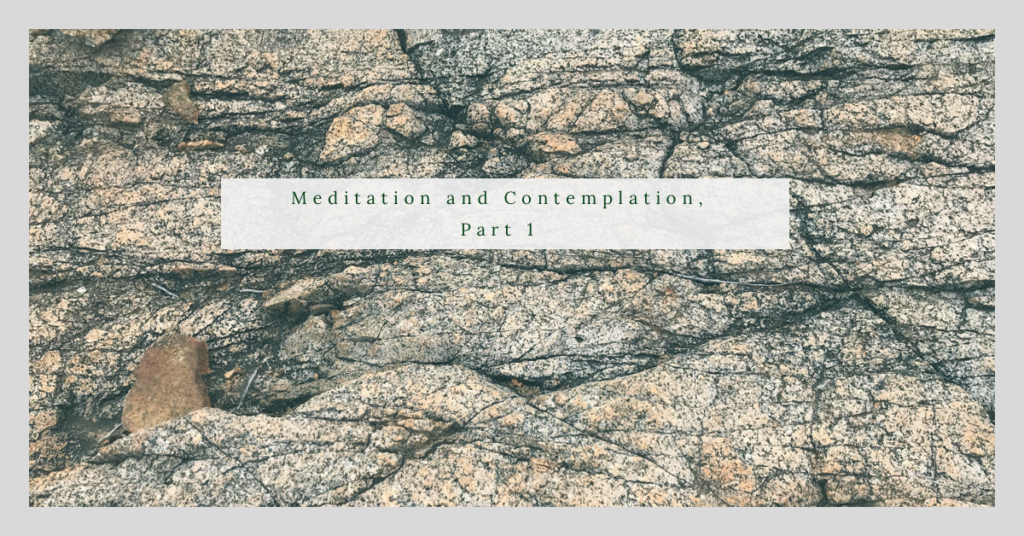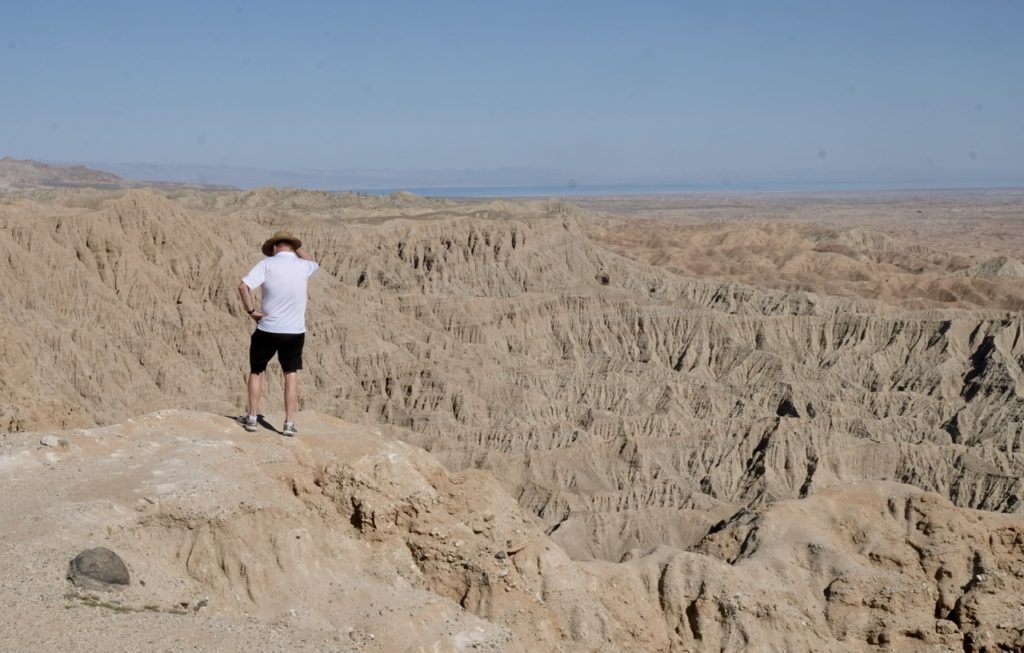
I’ve never been able to sustain a sitting meditation practice, for whatever reason. But this year I’ve committed to doing so by starting out small – minimum ten minutes per day. My goal is not to banish all thoughts but to simply observe how my mind works, to observe the thoughts that come up. As motivation, I signed up for Susan Piver’s 21 Days Meditation Challenge in January. I also read (and practiced some) Arthur Zajonc’s fabulous book, Meditation and Contemplative Inquiry (paid link).It’s a challenging and fascinating read, filled with exercises that build upon one another. Zajonc is a physics professor who brings contemplative practices into his science classes. You can learn more about his work here. He also has a terrific conversation with Krista Tippett at On Being, called Holding Life Consciously.
in this post, I’ll share an exercise from that book and, in following weeks, more from this book and others along the same vein.
Notes on Meditation as Contemplative Inquiry
“Reality is not what it is. It consists of the many realities it can be made into.” – Wallace Stevens via Sight and Sensibility
My orchids are blooming. This only seems to happen once a year, so I appreciate when it does. Right now there are 7 gorgeous blooms on one with one still to come. This is the reality of the moment, yet its appearance now doesn’t define this particular orchid. When I look at it, I can’t help but realize that it spent a year preparing for this moment. In a matter of weeks, the blooms will fall and it will begin preparation for another season. It’s still the same orchid with or without the blooms.
To me, this ongoing process of becoming is what contemplative inquiry is all about. Arthur Zajonc provides a blueprint for the path to realizing and seeing life unfolding in each moment. He says that “the true goal of contemplation practice, and of life, is the joining of insight and compassion, wisdom and love. To do this requires that we find deep peace within and learn to be ever more awake, and thereby be of greater benefit in all we undertake.”
What a beautiful definition. Meditation can help us find that deep inner peace and contemplative practice can help us be more awake to the world around us.
”Climb the mountains and get their good tidings. Nature’s peace will flow into you as sunshine e flows into trees. The winds will blow their own freshness into you, and the storms their energy, while cares will drop off like autumn leaves.” ~ John Muir, Our National Parks, 1901
The Practice of Wonder in Nature
Let’s start with the contemplative practice of wonder through nature. Zajonc says that experiencing wonder and awe leads to reverence and that nature can be a moral and spiritual agent. Here’s a recent example of mine.

My husband and I recently visited Anza-Borrego Desert State Park in Southern California. We drove four miles along a dusty and very bumpy road to get to Font’s Point. This is a popular spot for artists and photographers, who are drawn in wonder by the shapes, patterns, and changing colours of the rock. The sky was cloudless and bright blue, with the occasional bird making its way through. We stood in awe and a bit of fear at the depths of the rock below. There was a quickening of energy and, at the same time, a deep calm. As I pondered the forces that shaped this landscape over millions of years, awe turned to humility and reverence. I don’t have the answers as to how this beauty came into being but it doesn’t matter. Here we were standing there, lucky to be participating in the experience.
Zajonc says that these types of experiences with nature are important because “they invite us to move beyond our physical and psychological struggles and to enter into a faster universal rhythm and current that embraces us always but mostly remains unnoted.”
You don’t have to go away somewhere to experience this process of moving from wonder to awe to humility and reverence. There are natural wonders where you are too. Maybe they’ve just gone unnoted. Can you find one this week? Stay with it and notice the movement from wonder to reverence. I’ll share more from Zajonc’s book next week.
Here’s Part 2.